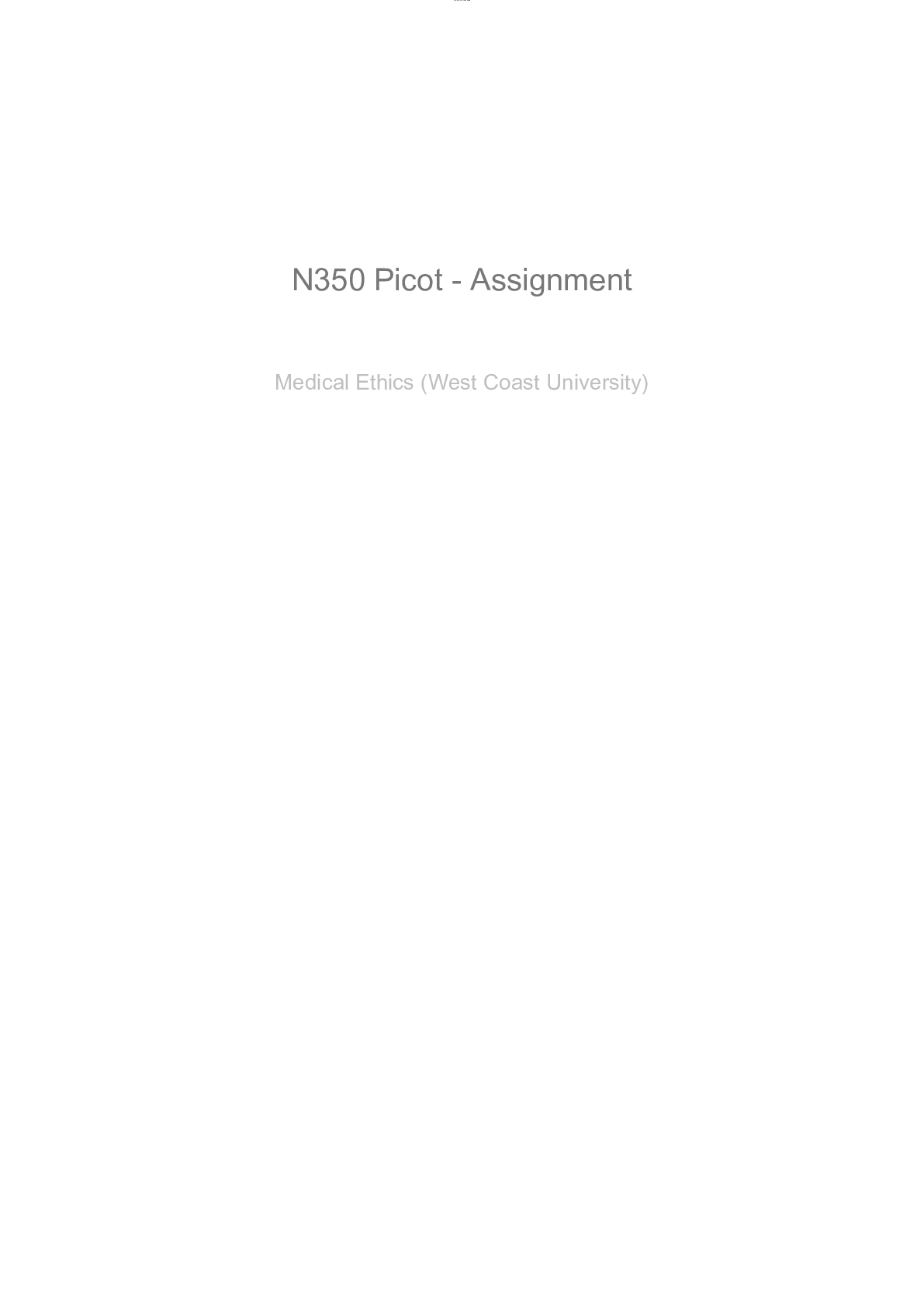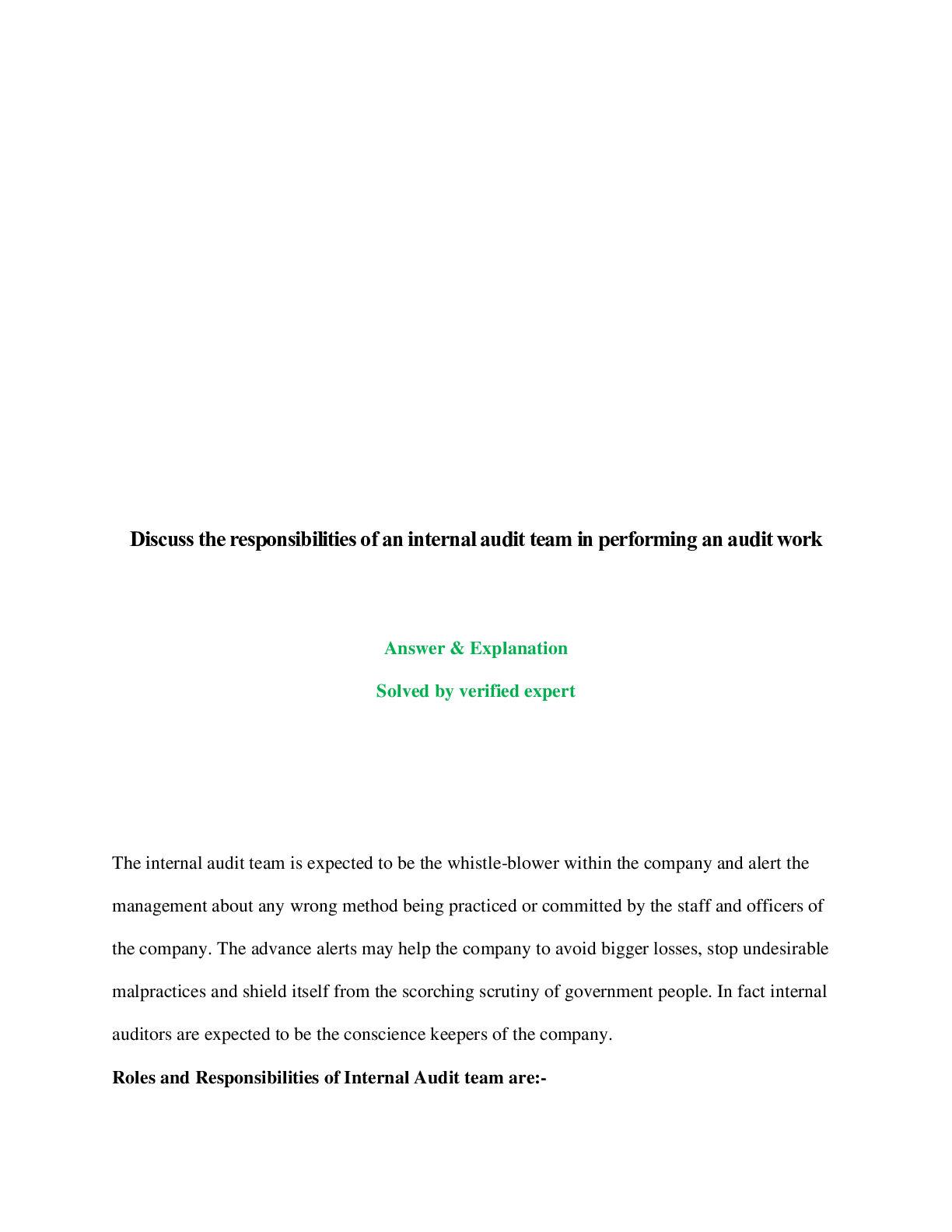*NURSING > Research Paper > NU560 8C Research Methods and Evidence Based Practice (All)
NU560 8C Research Methods and Evidence Based Practice
Document Content and Description Below
NU560 8C Research Methods and Evidence-Based Practice Unit Two Assessment: Introduction to Evidence Practice Problem Paper Shannon Keller Herzing University NU560-8C: Research Methods and Evidence... -Based Practice Stephanie Scovill March 18, 2022 Evidence-Based Practice Problem/Topic There are several things that help improve safety in the healthcare field. One of these things is the nurse-to-patient ratio. This is the number of patients that one nurse takes care of. This ratio can vary from the nurse specialty and what setting is being looked into in the healthcare field. The ratios can vary greatly from 1:1 patient ratio to 1:20 ratios in some settings. Significance Nurse-to-patient ratios are very important factors to look at in the health care field. As nurse-to-patient ratios increase the time a nurse has with a patient decreases. It has been shown that improved outcomes, fewer complications, fewer adverse events, and fewer hospital readmissions come with appropriate nurse-to-patient ratios. They have also been shown to benefit the staff. Having appropriate ratios can help with job dissatisfaction, burnout, and stress for the nurses as it can reduce the amount of workload placed onto them. Nurse-to-patient ratios typically shouldn’t go over 1:5, and in acute care, the ratio should be lower as it should be closer to 1:2 or 1:3. In a lot of hospitals, however, the ratios can be closer to 1:6, 1:8, or even more during the night shift. This has led to unsafe and stressful conditions at work for nurses and is one of the causes that many nurses leave the field within a few years of working in it. With higher nurse-to-patient ratios it also leads to burnout of nurses. This problem leads to more issues. Burnout is defined by disengagement and leads to detachment and dulled emotions (the University of St. Augustine for Health Sciences, 2020). This in result can lead to nurses becoming resentful toward patients, other nurses, and even the people at home. Patients also face troubles when the nurse-to-patient ratio isn’t appropriate and is higher than necessary. Missed nursing care is one thing that was found to be strongly associated with missed nursing care is a phenomenon of omission that happens when the correct action is delayed, partially completed, or can’t be done at all (PSNet, 2021). It has also been shown that the higher ratios compromise the ability for the nurse to provide safe, quality care to patients as the increase in patients eventually compromises their ability to do so. Increased risk of safety events, mortality, and morbidity are shown with the increase of the number of patients to a nurse. Other poor outcomes patients can face are increased medication errors, missed care, and delayed care. PIC [Show More]
Last updated: 1 year ago
Preview 1 out of 5 pages

Reviews( 0 )
Document information
Connected school, study & course
About the document
Uploaded On
Sep 07, 2022
Number of pages
5
Written in
Additional information
This document has been written for:
Uploaded
Sep 07, 2022
Downloads
0
Views
41


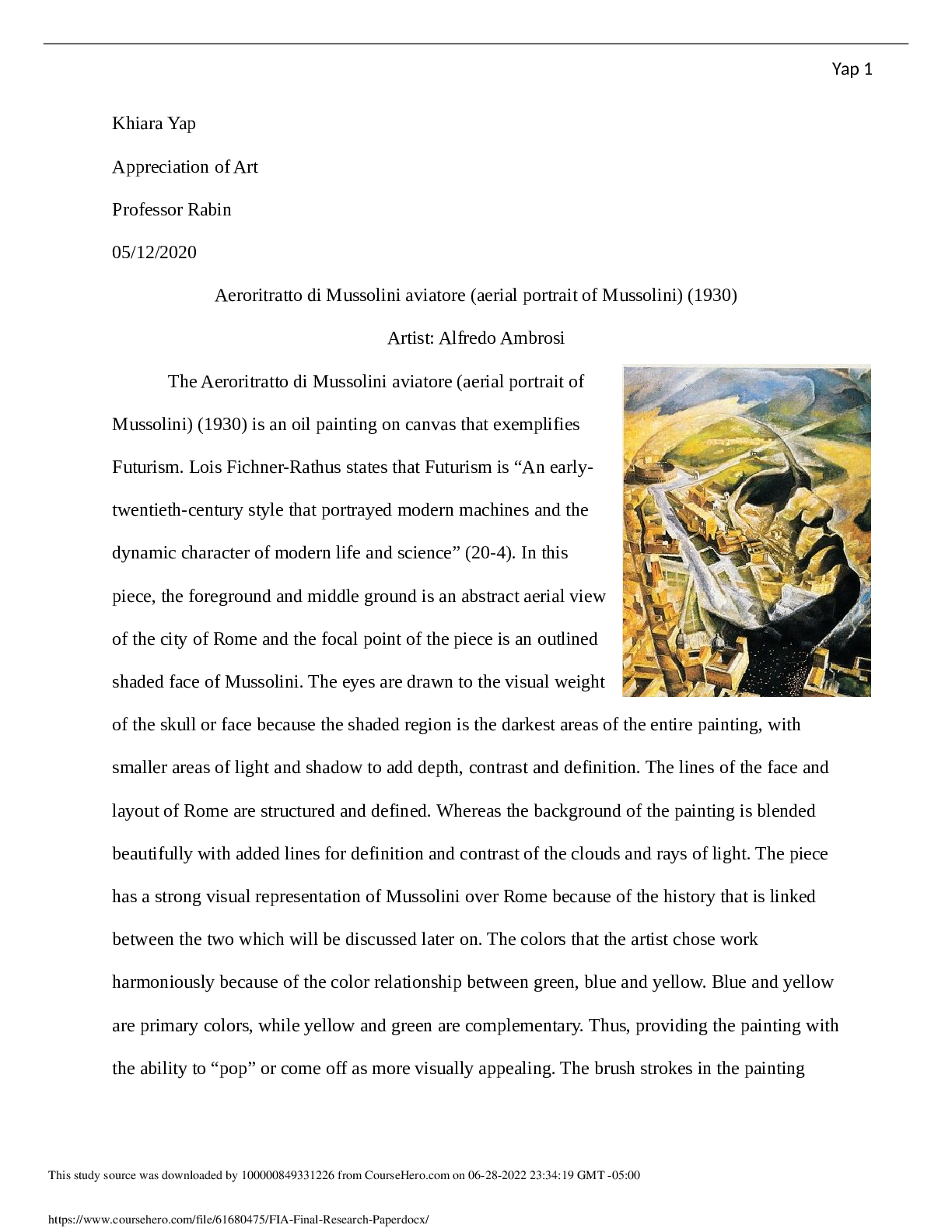

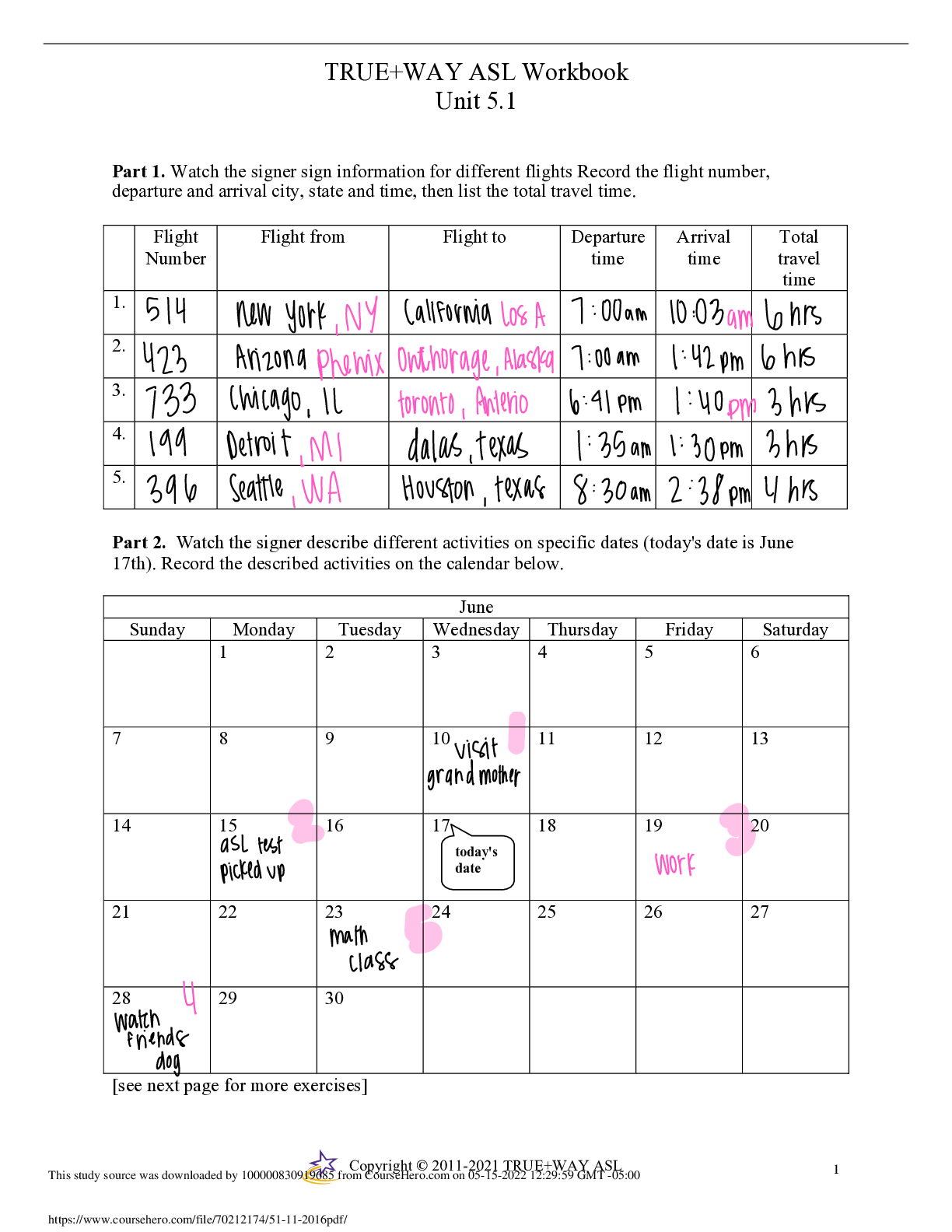




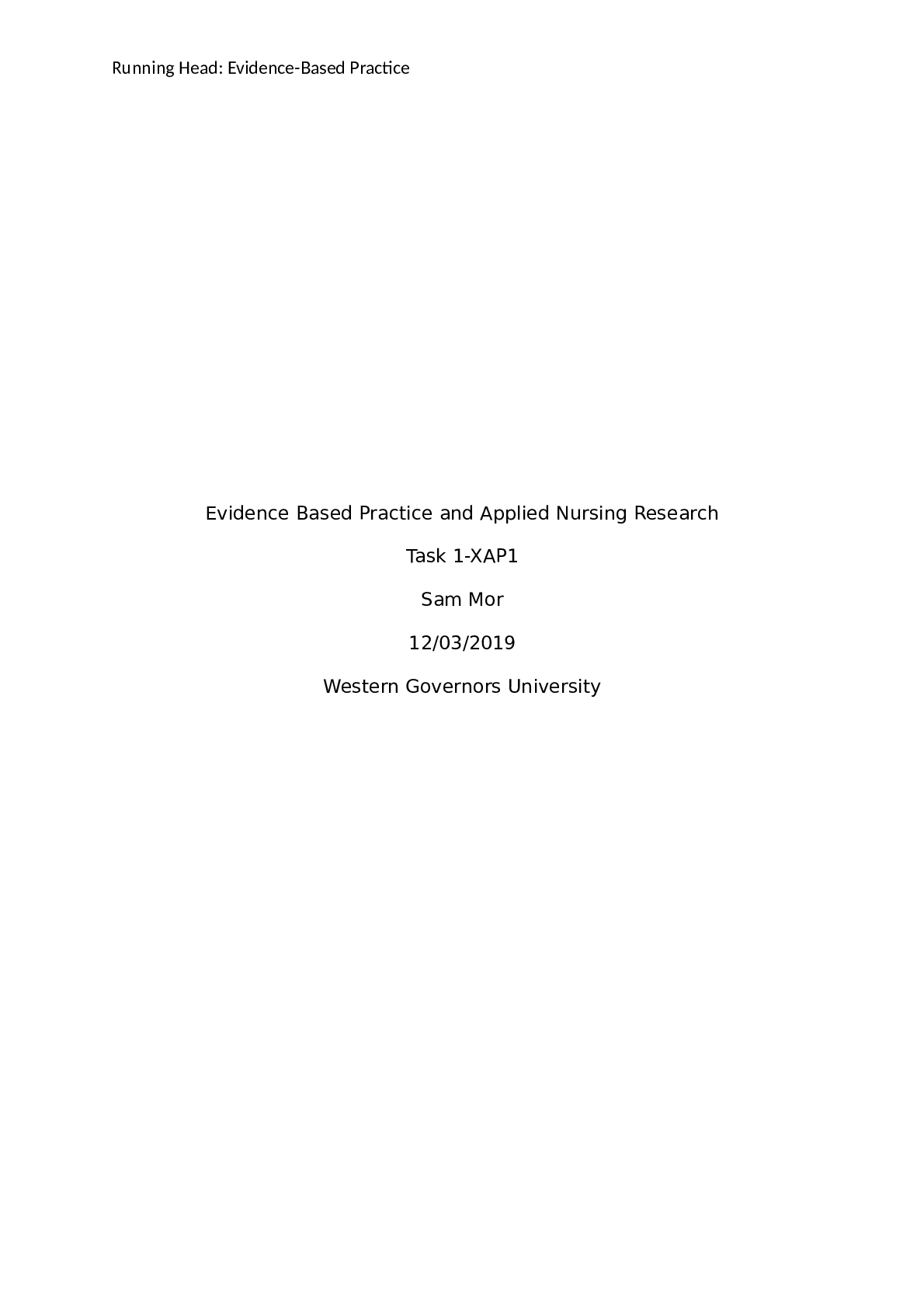




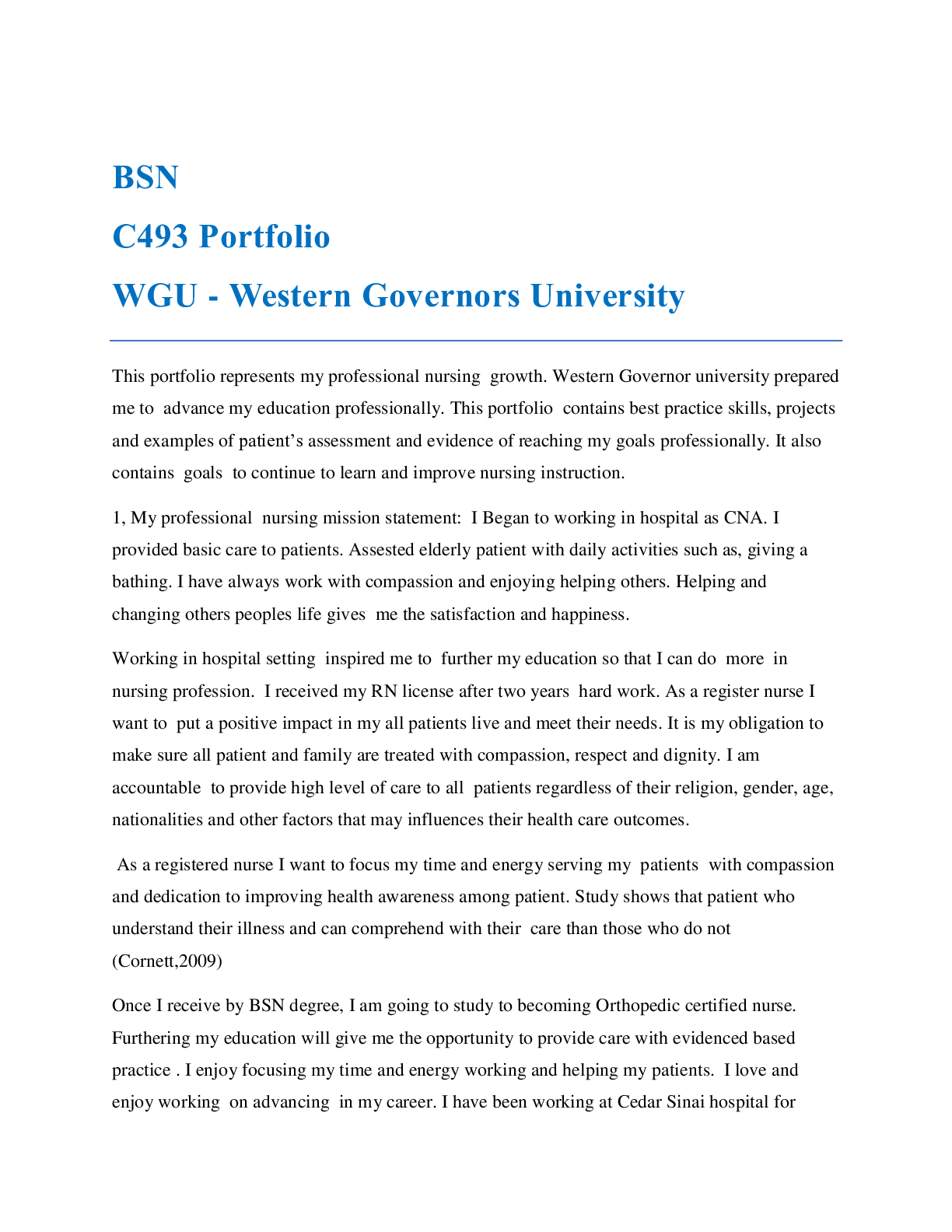
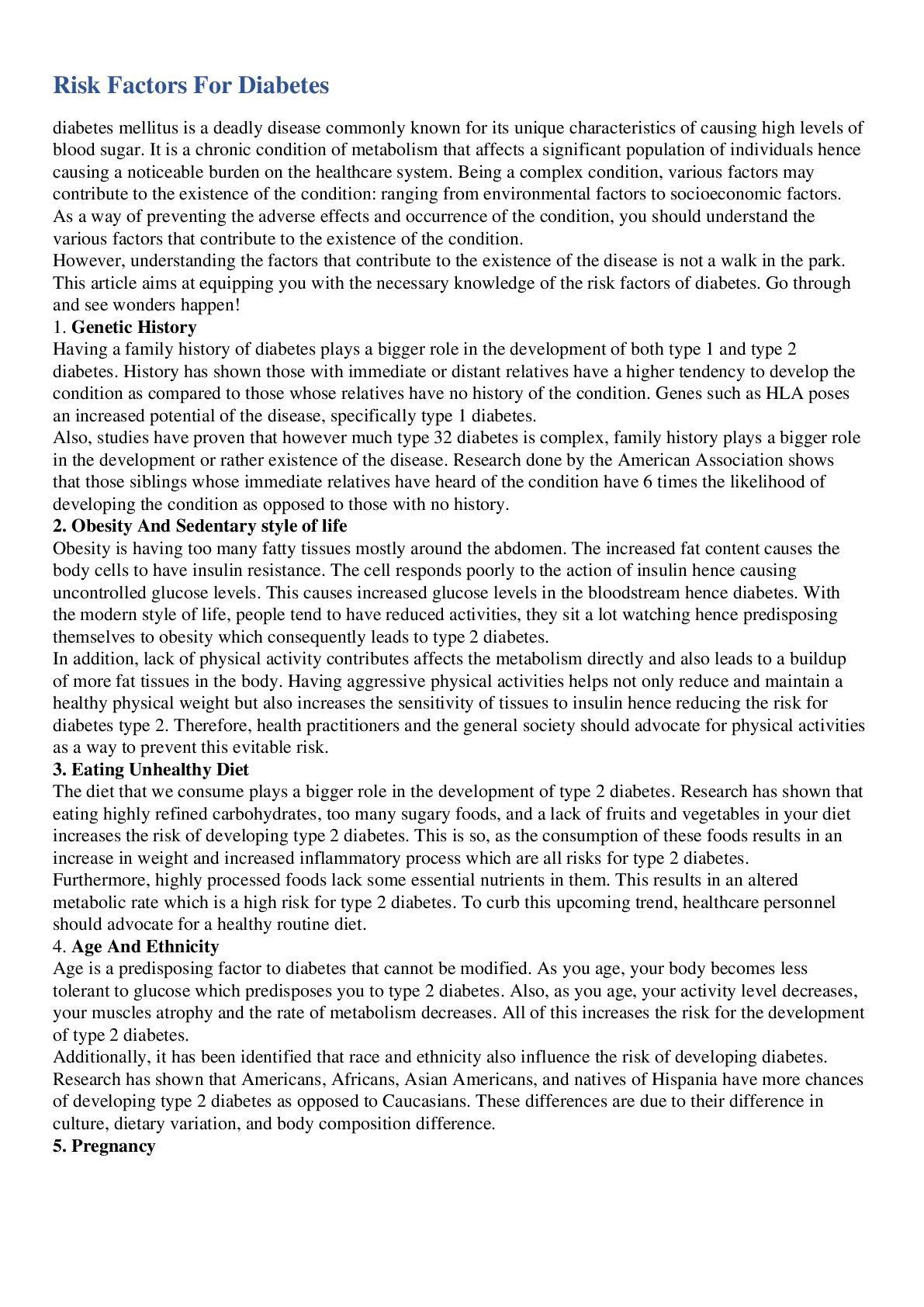
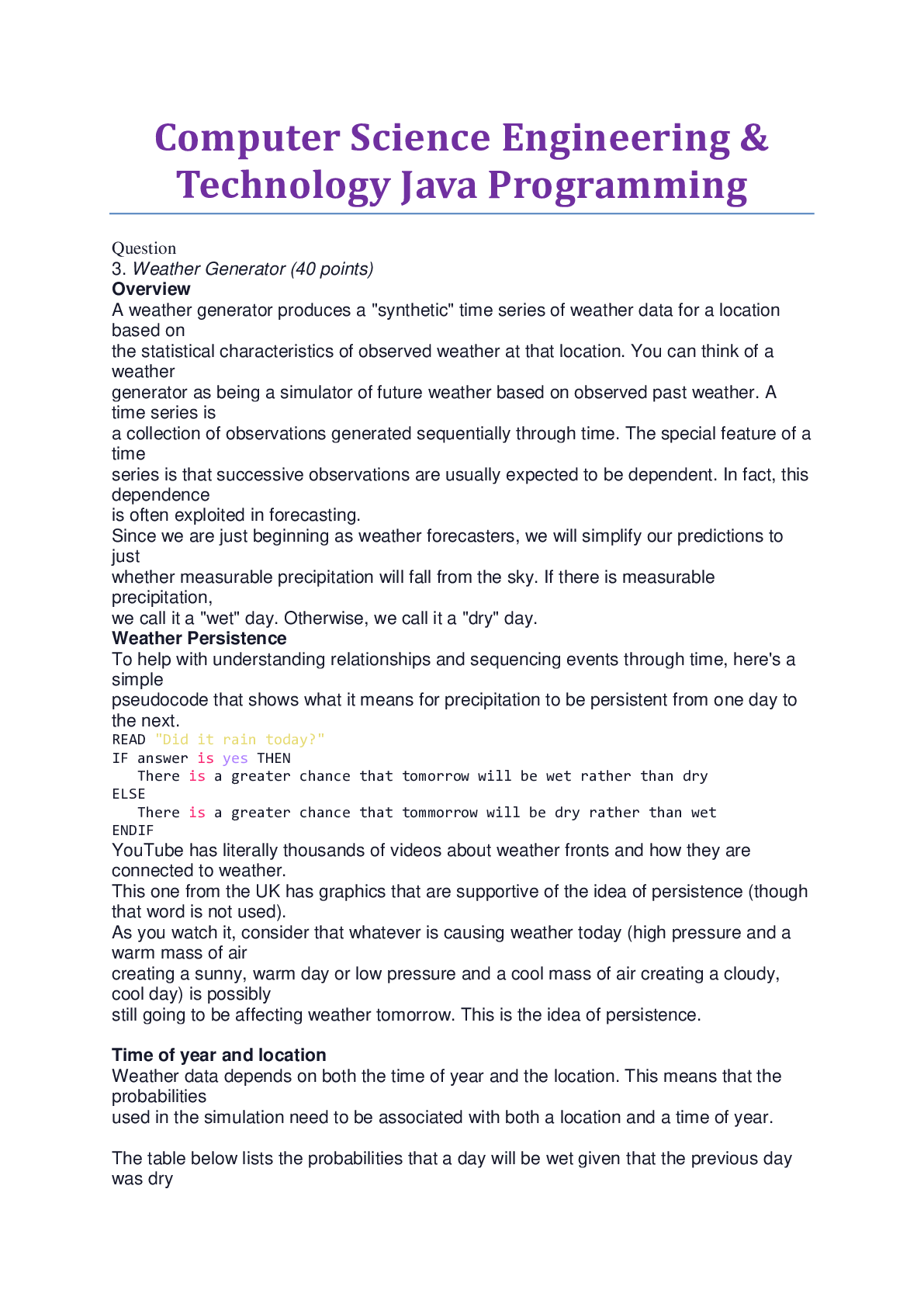
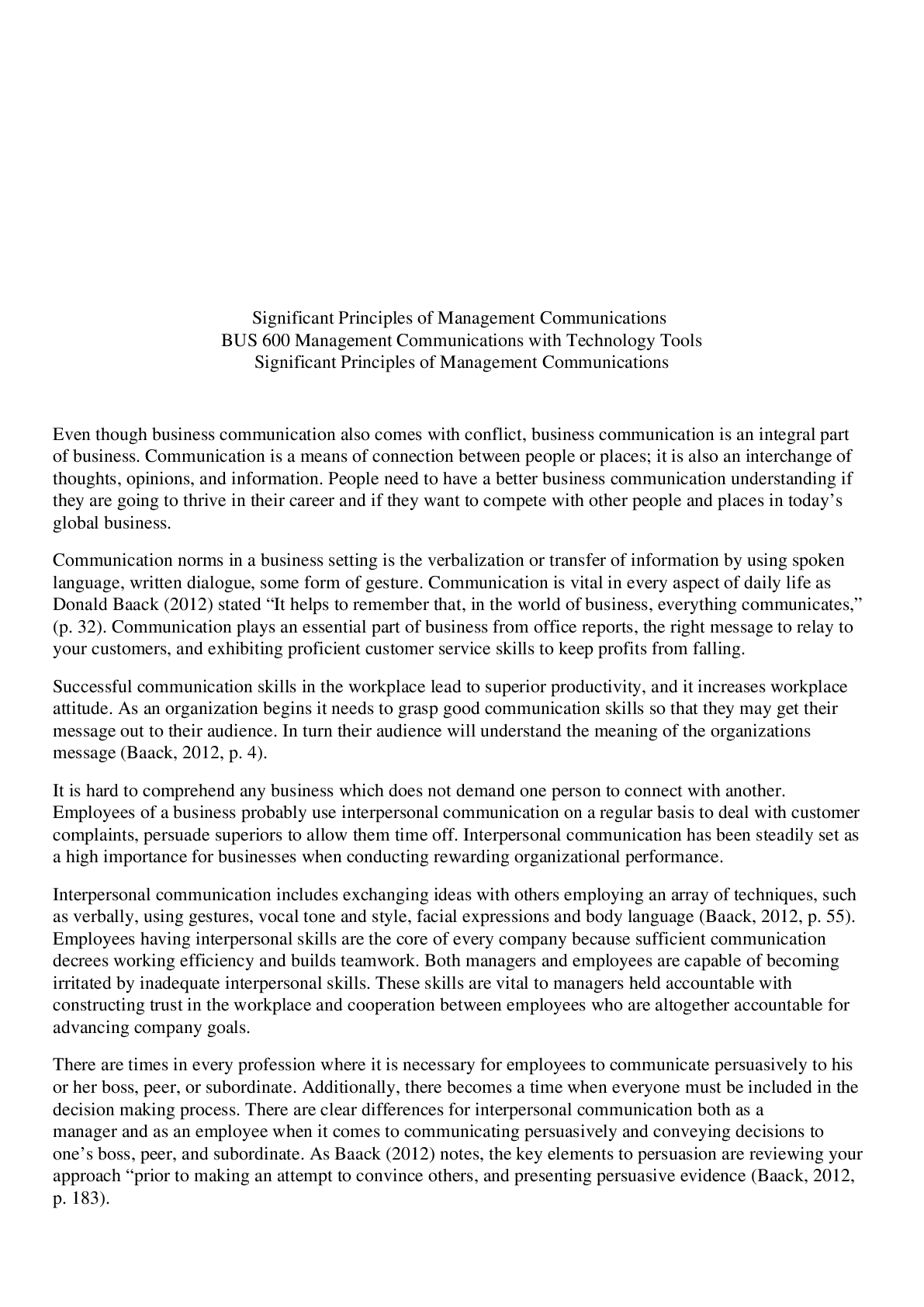
Interdisciplinary Paper.png)


